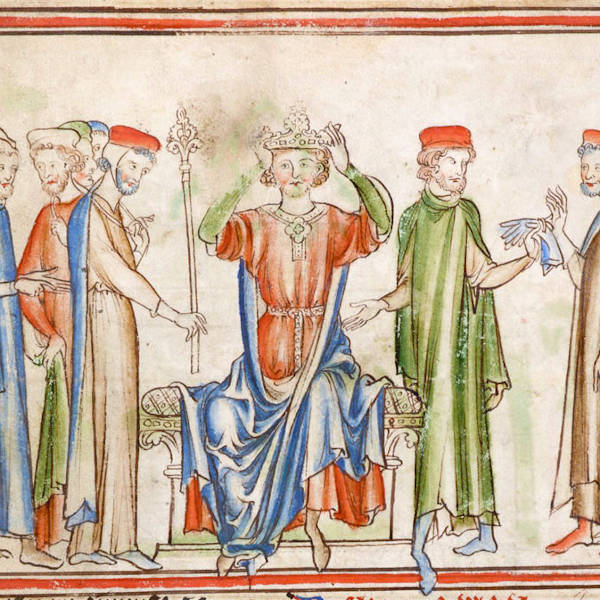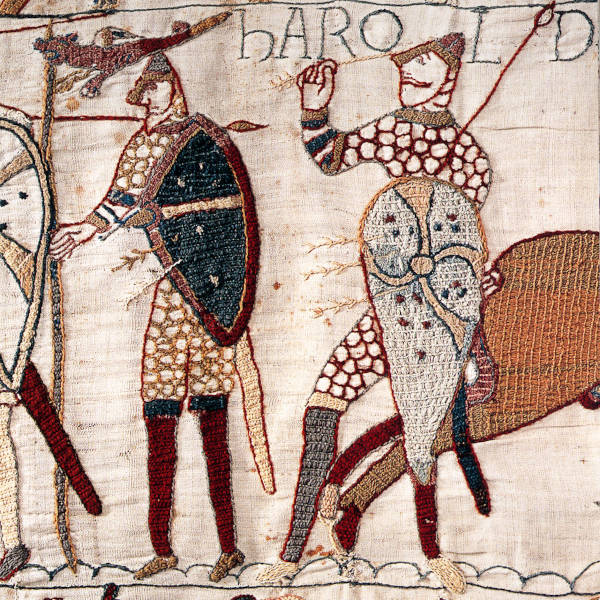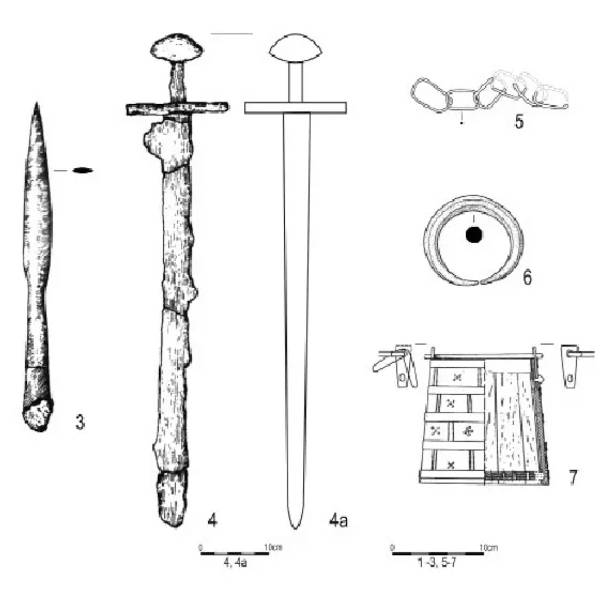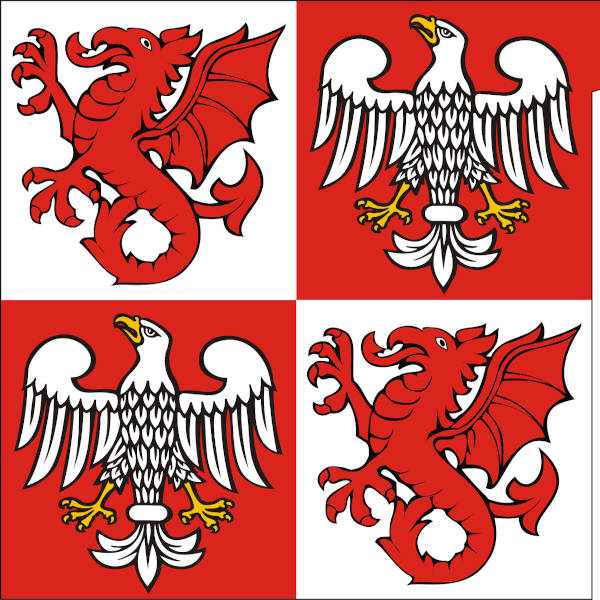DNA spotlight
Magnus Haroldsson

Harold Godwinson was the last crowned Anglo-Saxon king of England - and the first English monarch crowned in Westminster Abbey. His short reign 10 months began after the untimely death of his brother-in-law King Edward the Confessor. Harold had been a powerful earl and member of a prominent family with ties to Cnut the Great, the Viking King who united all of England under his rule. In early September Harald Hardrada, the King of Norway, landed an invasion fleet near York and defeated the English earls of Mercia and Northumbria assisted by Harold's brother Tostig. In response Harold force-marched his army from London in four days and surprised the invaders killing both Hardrada and Tostig.

Two weeks later marching south to face another invading army, Harold met his untimely death at the famous Battle of Hastings against William the Conqueror. An arrow reportedly passed into his eye as depicted here - afterwards the corpse was mutilated so it could not be easily recognized. Harold's youngest son, Magnus Haroldsson continued the struggle against the Norman invasion along with his brothers Edmund and Godwin. They sought refuge with their relative King Sweyn II Estridsen of Denmark. A huge Danish fleet of 240-300 ships arrived to fight William. The Normans bought off the Danish with a large sum of money accompanied by harsh wintry weather. The Danes returned to Denmark - and Magnus and his sibilings stayed in Sweyn's court. His sister Gytha was married to Vladimir Monomakh, the prince of Smolensk.

Following the footsteps of previous royal Anglo-Saxon exiles, Magnus is thought to have sought support and care from anti-Normandian coalitions including Poland and Hungary. Grave 609 was discovered near a Romanesque church in Czerska, Poland in 1966. Gallus Anonymus, the famous early medieval historian, described a man named Count Magnus who was likely the man in the grave. Researchers have asserted that Count Magnus was in fact Magnus Haroldsson. The grave belonged to an elite buried in a coffin with rich grave goods who had been 180 cm tall, muscular and lived the correct age. His diet had contained a very untypical diet of large volumes of marine fish evidencing he had been a foreigner. Carbon-14 dating, along with analysis of carbon, nitrogen and strontium isotopes further provide evidence of a match. He had been buried with a steel sword, a spear and a golden ring indicating a man of the knighthood.

Two bowls at the feet indicated Scandinavian origin. The name Magnus was also very rare in the region. Furthermore grave 609 was buried with an emblem which included a dragon - which was the same dragon as found on Magnus Haroldsson's family crest from Wessex. This symbol had never previously appeared in Poland and shortly afterwards began to appear in Mazovian heraldry. Mazovian dukes built a castle in Czerska called the castle of the green dragon. Later the castle became property of the Polish kings and capital of the Piast dukes of the Mazovian dynasty.
Magnus Haroldsson Elite Grave Czerska
- Sample ID: VK200
- Year: 1109 AD
- Sex: Male
- Location: 53.7972,17.9512



